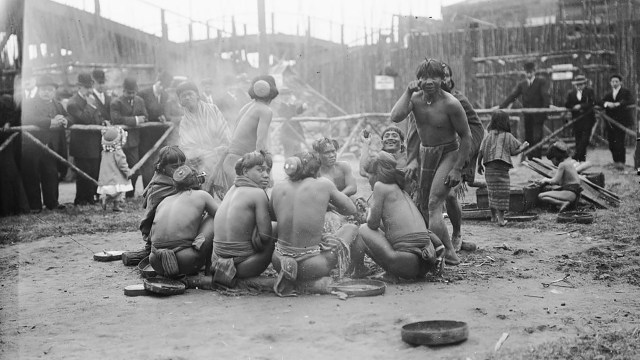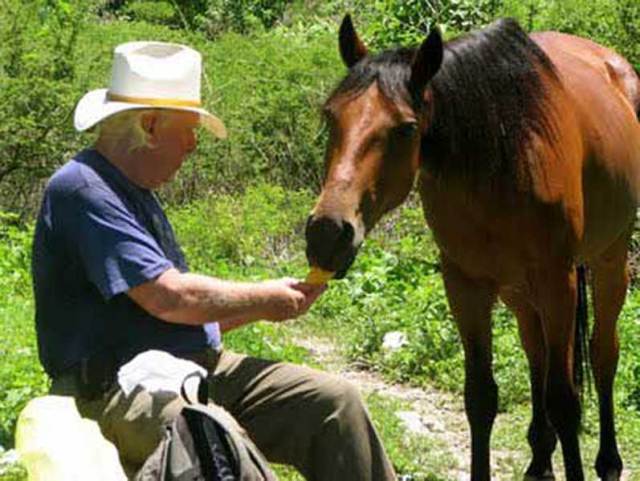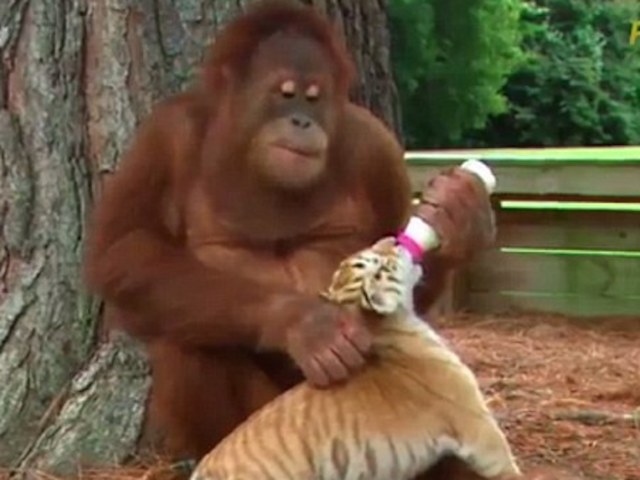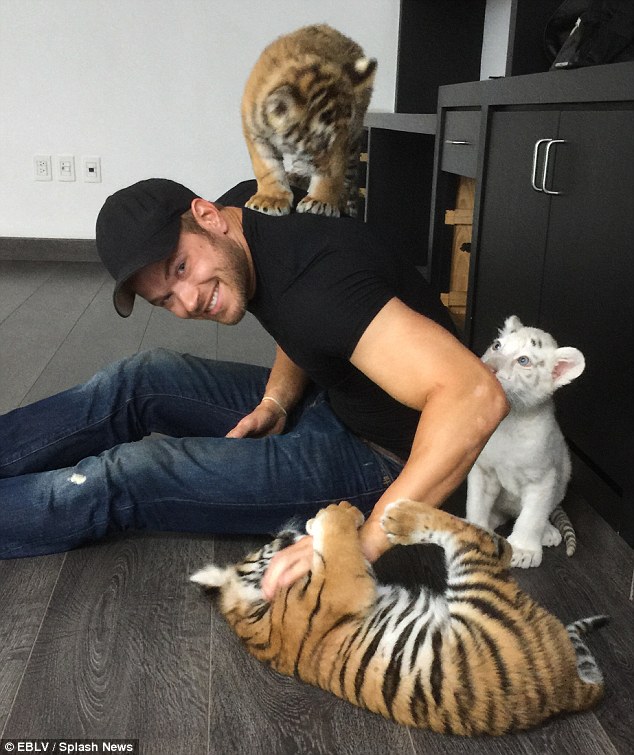I was Christened Catholic. It doesn’t come up much, but I was. And I grew up around devout Catholics. Mass several times a week, Catholics. They were my Great Aunts. I still have crucifixes that belonged to them, and various icons. They instilled in me, a love for the Saints, if not for the Church. The Church can be twisted into all sorts of things, to suit the ideals of whomever is in charge. But the Saints? Well, they were just people who lived life as thoughtfully as they could, and became so renowned for their own lives that they were later canonized. Some of them might seem silly, but to my great aunts they were all important in their own ways.
St. Francis was always my saint. He was the one I’d mutter prayers to while trying to climb a tree and return a wayward baby bird to its nest. St. Francis was the one I invoked when I was silently begging for an opossum or turtle to make it across the road, back when I was too young to do anything else about it. St. Francis was my go-to guy whenever shit hit the fan and an animal was in danger, or when a lot of thankless work needed to be done for nothing in order for an animal to be properly taken care of. It was St. Francis I beseeched to look over animals that were beyond my aid, animals who were suffering and dying, or had already died. All too often because of human abuse, or ignorance. Suffice to say, I rely on St. Francis a lot. Daily, and sometimes, multiple times a day, if it’s a particularly shitty day for animals.
St. Francis saw animals as his brothers and sisters, he saw them as equals, and he believed it was our responsibility as humans to respect them and treat them as we would other humans.
“If you have men who will exclude any of God’s creatures from the shelter of compassion and pity, you will have men who deal likewise with their fellow men.
All creatures have the same source as we have. Like us, they derive the life of thought, love, and will from the Creator. Not to hurt our humble brethren is our first duty to them; but to stop there is a complete misapprehension of the intentions of Providence. We have a higher mission. God wishes that we should succour them whenever they require it.”
–St Francis
Since I consider St. Francis to be my personal patron saint, I was keen, in an abstract and outsider sort of way, when the latest Pope chose his name after, and in honor of, St. Francis. And as far as leaders of the Church goes, the Pope has been a pretty open and understanding Pope, straddling that awkward and constantly wavering line between the Church and everything that doesn’t fall under the Church’s “acceptance” or “ideals”.
That all changed for me this afternoon when ICARUS founder, Jessica James left me a voicemail telling me to check out Youtube and what happened at the Vatican today. I dubiously did as suggested and I couldn’t have been more shocked and disappointed at what I found.
Pop Francis–who named himself in honor of St. Francis who saw himself as the caretaker of all God’s creations, no matter how lowly–was smiling and laughing as he watched a captive tiger paraded around on a chain choke collar and leash. He even engaged in petting the captive tiger, an action which leads to the suffering and death of thousands of captive big cats all over the world every year. There was photo of Pope Francis also petting a very small black jaguar cub. A cub that looked too young to have properly developed its immune system.
The visit, described as a “jubilee for traveling circuses” was intended to celebrate the treatment of “the most needy, the poor and the homeless, prisoners and disadvantaged kids.” to whom the traveling performers often open their shows. While the treatment of their fellow humans is commendable, the treatment of their animals is another matter.
Has the Pope read none of the teachings of his own namesake? That he seemingly condones the use of captive animals within circuses, the continued breeding of them for the sake of providing cubs to be constantly exploited, the violence used to force them to perform, is heart wrenching. That he would actually partake in glorifying such abuse and exploitation while bearing the name of a Saint who would have–and did, during his lifetime–condemn such transgressions, is utterly unconscionable.
“This too, is mercy–to sow beauty and joy in a world sometimes gloomy and sad.” The Pope was quoted as saying, in regard to the kindness of the circus performers.
But the circus is a world that is always gloomy and sad for the animals trapped and abused within it.
Contrastingly to the Pope’s happy embracement of animal exploitation, his namesake, St. Francis said,
“We are not God…. we must forcefully reject the notion that our being created in God’s image and given dominion over the heart justifies absolute domination of other creatures.”
And,
“Every act of cruelty towards any creature is contrary to human dignity.”
St. Francis went so far as to say, in the face of the Church, that,
“An inadequate presentation of Christian anthropology gave rise to a wrong understanding of the relationship between human beings and the world. Often, what was handed on was a Promethean vision of mastery over the world, which gave the impression that the protection of nature was something that only the faint-hearted cared about. Instead, our “domination” over the universe should be understood more properly in the sense of responsible stewardship.”
The word Stewardship is defined as: the responsible overseeing and protection of something considered worth caring for and preserving.
“Responsible overseeing and protection of” doesn’t quite jive with “beating into submission, forcing to perform, denying medical care, abusing, exploiting, and breeding for profit” yet that’s precisely what circuses do with their animals. It’s what’s been happening to animals since animals were first captured and used in the arenas of the Gladiators.
It’s what’s been happening to animals for thousands of years, and what’s still happening to animals today.
But it’s not how St. Francis believed animals should be treated, and it’s not what he taught, or how he lived. Pope Francis clearly needs to brush up on his studies of his own namesake, because I doubt that St. Francis would be honored by how the Pope has acted today.
The captive breeding and exploitation of big cats is a phenomenon that is actually increasing, despite the best efforts of groups like ICARUS. Despite that many circuses have announced that they will phase out elephants in the use of their shows, most still use big cats in their performances. Despite that questions are being raised about such pseudo-sanctuaries as Black Jaguar White Tiger, T.I.G.E.R.S., Dade City Wild Things, and others who promote pay to play cub-petting schemes, and who perpetually produce captive bred big cat cubs to be used in those schemes, the social media presence of these exploiters continue to grow in popularity.
In my last post, I covered the recent worldwide celebration of a staged video showing Eduardo Serio playing with one of his jaguars, pointing out that while he and his followers considered it a triumph for them, it really did nothing but peddle the idea that big cats make cute pets.
Now, the Pope, whom millions admire and look to for examples of how life should be lived, has, knowingly or not, publicly condoned the exploitation, abuse, and suffering of captive exotic animals everywhere.
Pope Francis has, by example, condoned the belief that animals exist solely to provide us with entertainment, something his namesake, St. Francis, spent a lifetime trying to counter. A lifetime that was so revered after the fact that he was canonized, his name forever linked to the ideals he worked to foster while alive.
I might not be a practicing Catholic, and I’m sure that Pope Francis could care less about my opinion of him, but St. Francis is my patron saint, and I’ve done everything I can to fashion my own life after his.
Today, Pope Francis disregarded the very deepest beliefs that his namesake, St. Francis held most dear, what he prayed to God daily for, that he would have the “grace to see all animals as gifts from You and to treat them with respect for they are Your creation.”
For shame, Pope Francis, how could you so willingly embrace and participate in the exploitation and abuse of God’s creatures for the profit and amusement of the human race?
“The Lord bless thee and keep thee. May he show his face to thee and have pity on thee. May he turn his countenance toward thee and give thee peace. The Lord bless thee.”
–Blessing of St. Francis
Artemis Grey









 You might also remember that two Carpathian lynxes were listed for sale by the one of the three entities that share a location with ZWCC.
You might also remember that two Carpathian lynxes were listed for sale by the one of the three entities that share a location with ZWCC.












 Because, apparently, feeding animals on your couch is how all the big time trainers do it.
Because, apparently, feeding animals on your couch is how all the big time trainers do it. Paris Hilton just can’t seem to keep her hands off big cats, be it here in America with Karl, or down in Mexico at Black Jaguar White Tiger.
Paris Hilton just can’t seem to keep her hands off big cats, be it here in America with Karl, or down in Mexico at Black Jaguar White Tiger.

 in order to mimic their natural situation. The ICARUS groups considers this sort of handling to be part of the rehabilitation process, and thus unavoidable. However, romping around with big cat cubs, or dressing young primates up in clothing and carrying them around as if they were human children, crosses the line into pseudo-conservation. Continuing intimate contact with animals after they have matured beyond the necessity of that interaction is no longer caring for them as if they were wild animals, but instead, is treating them like a pet.
in order to mimic their natural situation. The ICARUS groups considers this sort of handling to be part of the rehabilitation process, and thus unavoidable. However, romping around with big cat cubs, or dressing young primates up in clothing and carrying them around as if they were human children, crosses the line into pseudo-conservation. Continuing intimate contact with animals after they have matured beyond the necessity of that interaction is no longer caring for them as if they were wild animals, but instead, is treating them like a pet. or playing inside houses with celebrity guests
or playing inside houses with celebrity guests






 Despite scrubbing the wound immediately with disinfectant from the vet, an infection set up, requiring antibiotics.
Despite scrubbing the wound immediately with disinfectant from the vet, an infection set up, requiring antibiotics.
